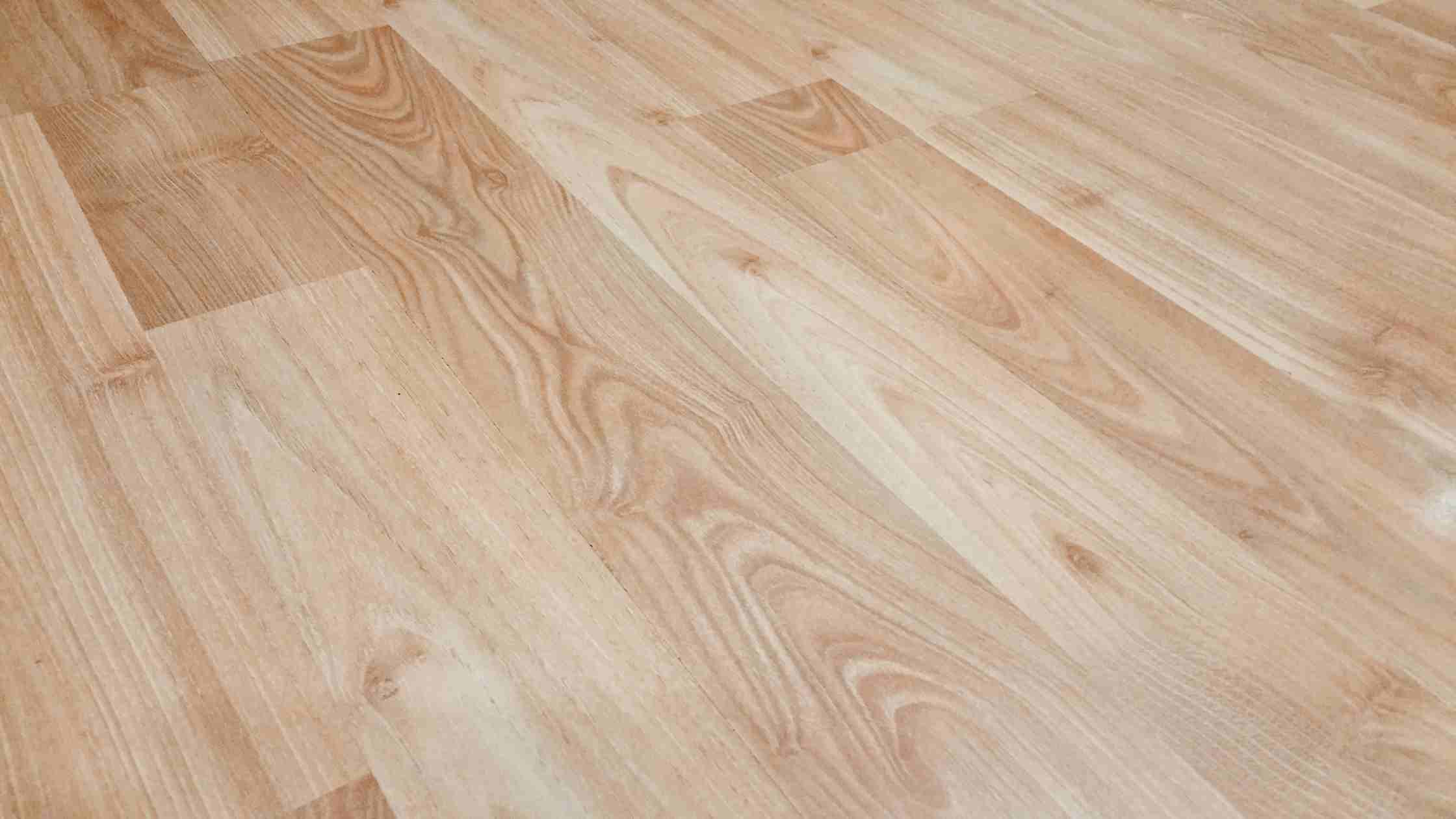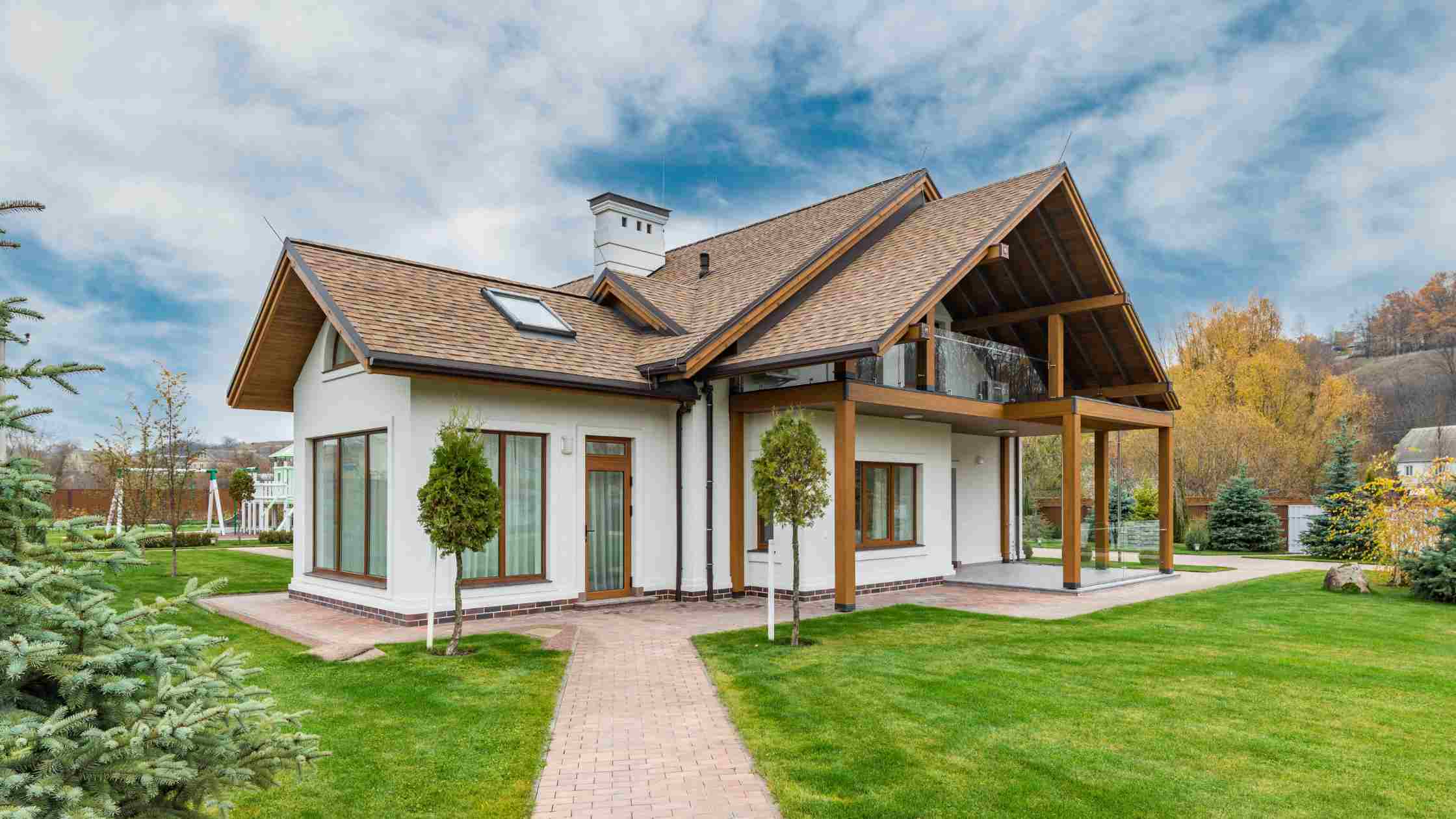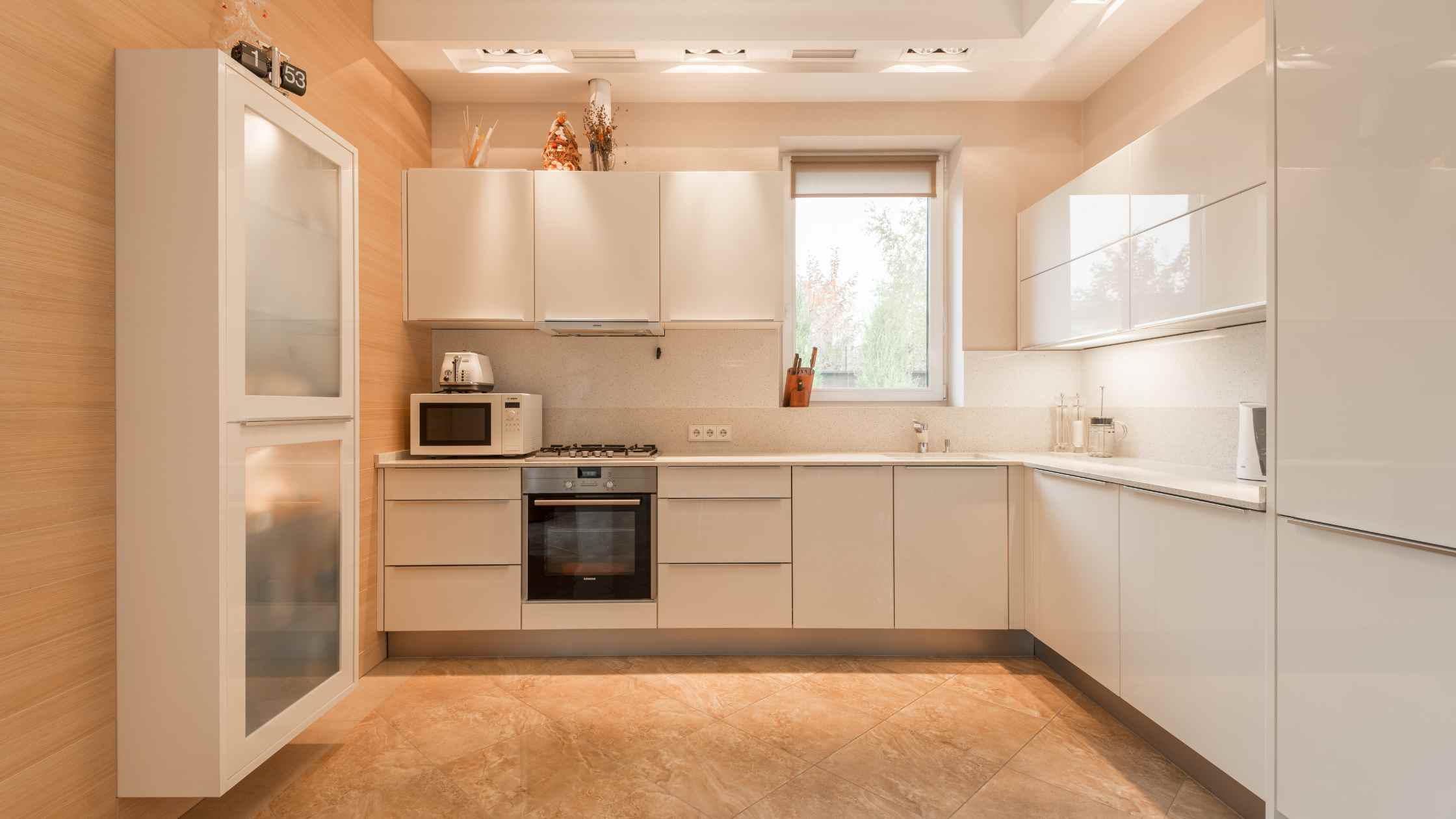In any air conditioning system, there are two main types of vents namely the supply vent and the return vent. For proper circulation of air from a particular room to air-conditioning unit and back to the room these vents should be placed specifically.
Placing a return vent pointing towards the window cause more fresh air to be sucked in from the vent to the air conditioning system. This keeps the overall air of the room fresh.
On the contrary a supply vent should never be placed close to the window because all the air conditioned air will move out from the window instead of circulating in the room.
Having a good amount of gap between a supply vent and window makes the sir from supply vent to flow in the room. So if, there is a sufficient amount of gap (>6ft) between window and supply vent then the supply vent can also be placed pointing towards the window.
However, there is really no need for a supply vent to face the window but a return vent should be placed pointing towards window.
Where should vents point when the window is closed?
Not everyone like to keep windows open all the time. When the windows are closed, the vents should be pointed in that particular direction which provides least restriction for air flow. Most preferrable point the vents to the open space of the room.
This open space in a bedroom could be the space over bed. In case of a living room, the supply vent should point towards the coffee table. In a dining are the supply vent should point towards the space above dining table.
As far as pointing return vent is concerned, avoid pointing it towards any particular furniture item as it’s purpose is to suck as much air as it can without any obstruction.
Just keeping the return vent straight and moving any furniture item that could block air passage to return vent should be moved to a different location.
Should return vent be placed above or below the window?
Along with being efficient, all mounted vents also need to look good in the room in which they are installed.
Wall return vents should be placed below the window. Having a return vent placed lower to a supply vent provides more travel to the air from supply vent. The more air from supply vent travels inside the room, the better will be its circulation.
Having a return vent placed lower to the window also helps to hide the vent easily with curtains when not in use.
As far as the return of air is concerned from return vent, the performance of vents in downward placement from the window is slightly better as compared to an upward placement of the vent.
During summer, the hot air in the room rises upwards, so one might assume that the return vent should be placed up high however when air conditioning system is on, the air inside the room eventually cools down and comes downwards. Now this cooled air at the bottom can be easily sucked by return vent if it is also lower in positioning.
In winter season, hot air comes from supply vent and we know that hot air always rises upwards but by having a suction from return vent at a position below window this hot air gets pulled downards and warms the entire room before going back in return vent.
Should supply vent point towards return vent?
There is absolutely no need for a supply vent to be face-to-face with a return vent. A supply vent can be both parallel and perpendicular to a return vent.
Among these two placements, it is only in parallel placement that the vents face each other.
In perpendicular positioning of vents, the supply vent is on the ceiling and the return vent is on the wall.
If we compare both these placements and see which one offers better circulation of air inside the room we see that the perpendicular placement of vents is slightly better compared to parallel placement of vents.
This is because a parallel placement of vents provides a straight path to the air to enter in room and exit from the room. This is especially true if both vents are in a straight line.
In a perpendicular placement of vents, the airflow does not follow a straight line rather flows in a wavy pattern and thus offers better air circulation inside the room.
Should vents on the floor also point towards window?
Yes, if the return vent is not on the part of flow that is directly under the window then it is a good idea to point it towards the window. However, if the return vent is on that part of floor which is directly below the window then instead of pointing toward the window the return vent should point toward the ceiling.
That’s because if the floor return vent is at a good distance from the window then there is plenty of room available for air to enter the return vent but if the floor return vent is directly under the window and is pointed towards the window, the entry of air that is already present in the room gets blocked.
Hence, in close proximity of floor return vent and window, the vent is always pointed towards the ceiling for an unrestricted air flow.
Can both return and spply vents be on same wall?
Generally, a supply vent is placed on a different wall and the return vent is placed on a completely different wall but there are some exceptions. For example, a walk-in closet.
The biggest drawback of placing both return and supply vent on same wall is the less mobility of air from supply vent. The air for supply vent upon entering the room will get immediately sucked in by return vent before even it can flow properly throughout the room.
The drawbacks of placing both vents on same wall can be overcome by each vent on a wall opposite to each other. This way the air from supply vent can flow freely in the room and after making the desired change in temp, the return vent placed on a different wall can suck it back and the cycle repeats.






